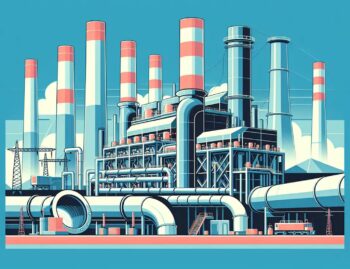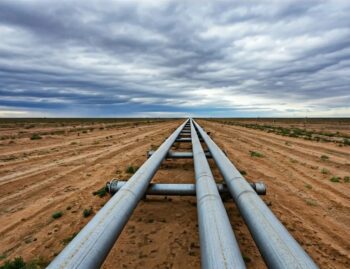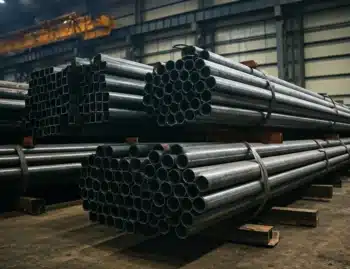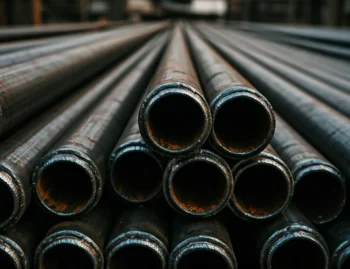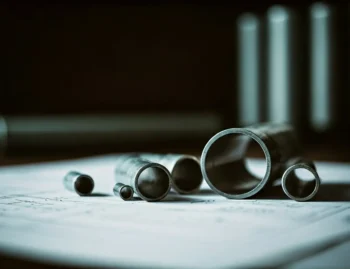
Stainless steel in an integral component in everything, from kitchen equipment to advanced dentistry. Modern, innovative manufacturing techniques make this possible.
Prior to the 1960s, stainless steel was very difficult to produce, making it rare and expensive. With the introduction of argon oxygen decarburization (AOD) and vacuum oxygen decarburization (VOD), producing stainless steel became much more efficient and reliable.
As a result, both the supply and quality of stainless steel improved drastically during the last 60 years.
What is it made of?
Stainless steel is an alloy made from many different elements. These include carbon, chromium, nickel, silicon, manganese, and nitrogen. The proportion of each of these elements determines the characteristics of the final stainless steel alloy.
Chromium is usually the most important element in the alloy. It gives stainless steel its non-corrosive properties. The more chromium that is present in the metal, the more resistant it becomes to corrosion.
Molybdenum can also play an important role in protecting the alloy against acid solutions.
How is it made?
While each type of stainless steel has unique steps in the manufacturing process, there is a general blueprint for how this alloy is made. Manufacturing has many different phases.
Melting
Almost all stainless steel production starts by melting all of the individual components together in a furnace. It can take eight hours or more to transform the metals into a liquid state.
Carbon removal
It’s important to remove the carbon from the molten metal mixture because carbon steel is highly susceptible to rusting. Carbon is removed by injecting an oxygen-argon mixture. Other elements can be added at this stage.
Tuning
This is the point where the manufacturer can create the exact composition of elements they need for their alloy. The exact composition will depend on the required density, conductivity, resistance, and other properties.
Forming
The molten steel mixture at this point is formed into shapes. These can be cubes, billets, slabs, rods or other shapes depending on the ultimate use of the steel.
Rolling
There are two types of rolling that can occur during the manufacturing process: hot or cold. Hot rolling is done at a temperature above the point where the steel forms into a solid.
The exact temperature depends on the grade of stainless steel the manufacturer is looking for. Cold rolling is done when the producer needs a very precise dimensions or a very attractive finish.
Annealing
By heating and cooling the steel under highly controlled conditions, the manufacturer can soften the material, improve ductility, and refine other properties of the alloy.
It also relieves stresses in the metal created by previous processes. A scale can form on the steel during annealing, so a nitric-hydrofluoric acid bath or electro-cleaning process is used to remove it.
Cutting
One of the last steps is to cut the steel into the form the customer needs. This is accomplished with guillotine knives, circular knives, high-speed blades, punches and dies, and other mechanical methods. Cuts can also be made with flame torches or plasma jets.
Finishing
There are many different finishing options for stainless steel, but most people are familiar with the classic chrome appearance. Finishes are commonly applied using abrasive belts and wheels, as well as sand blasting abrasive particles. Wet etching can also be done using acid solutions.



